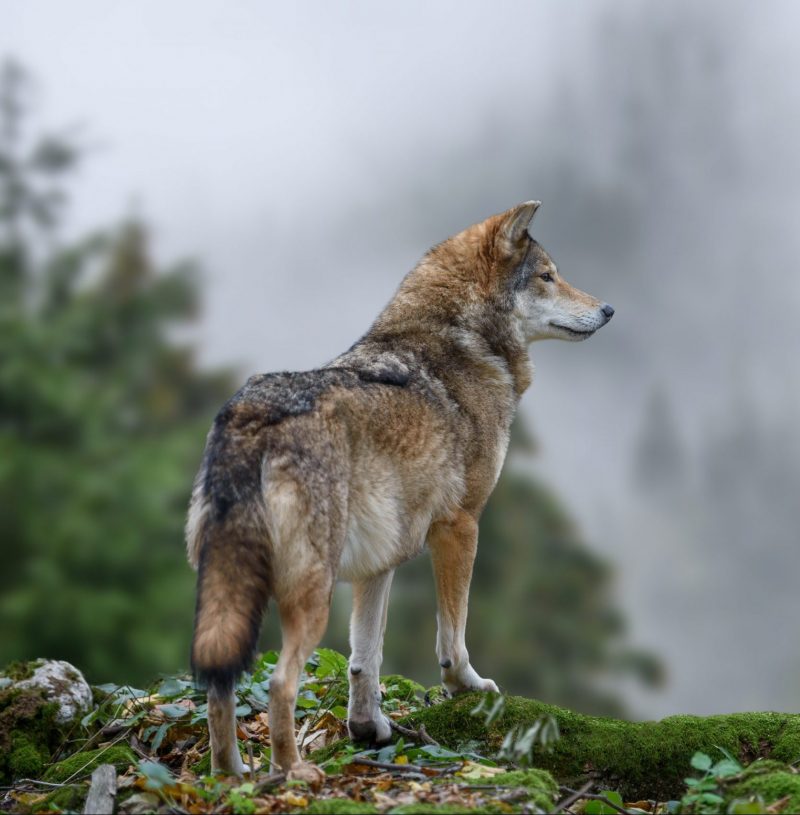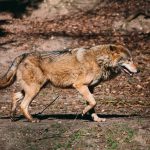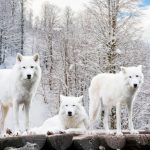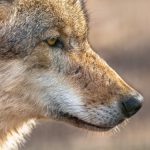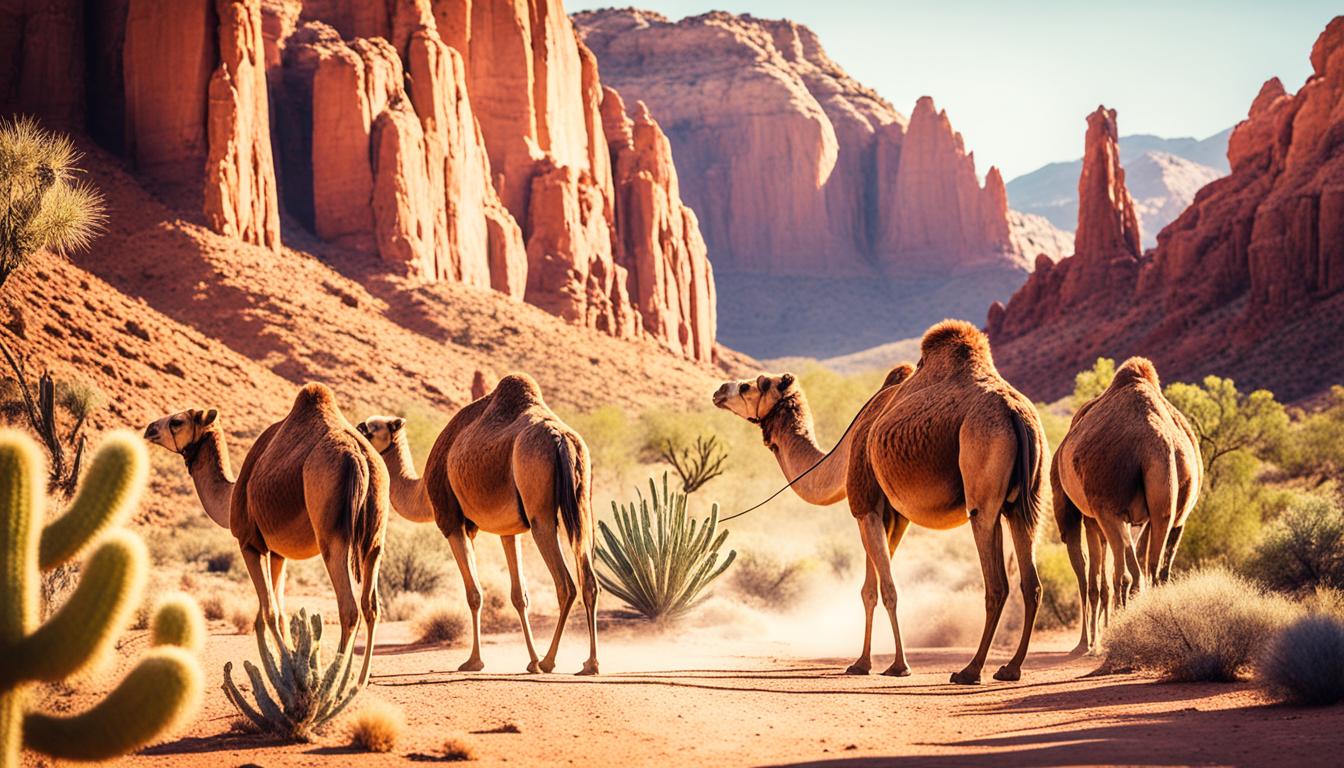The wolf finds itself in the midst of one of the most intense environmental arguments in modern times, even though it presumably only cares for survival, eating elk, and surviving some more.
While no one rips each other’s throats when the topic is brought up, pro-and anti-wolf parties are enthusiastic over whether or not humans should hunt wolves for a variety of reasons.
It wasn’t always like this. About 250,000 wolves roamed much of what is now the lower 48 states before Europeans arrived in the New World. Wolves were revered as mysterious and powerful spirits by most Native American societies, who appreciated their hunting abilities and ability to bond as a pack.
As modern humans in the West grew and ranchers wanted more space for their livestock, attitudes toward wolves shifted negatively. People were scared of wolves because of myths and traditions about them being vicious animals, and any assaults on sheep (which were generally gory) didn’t help their case.
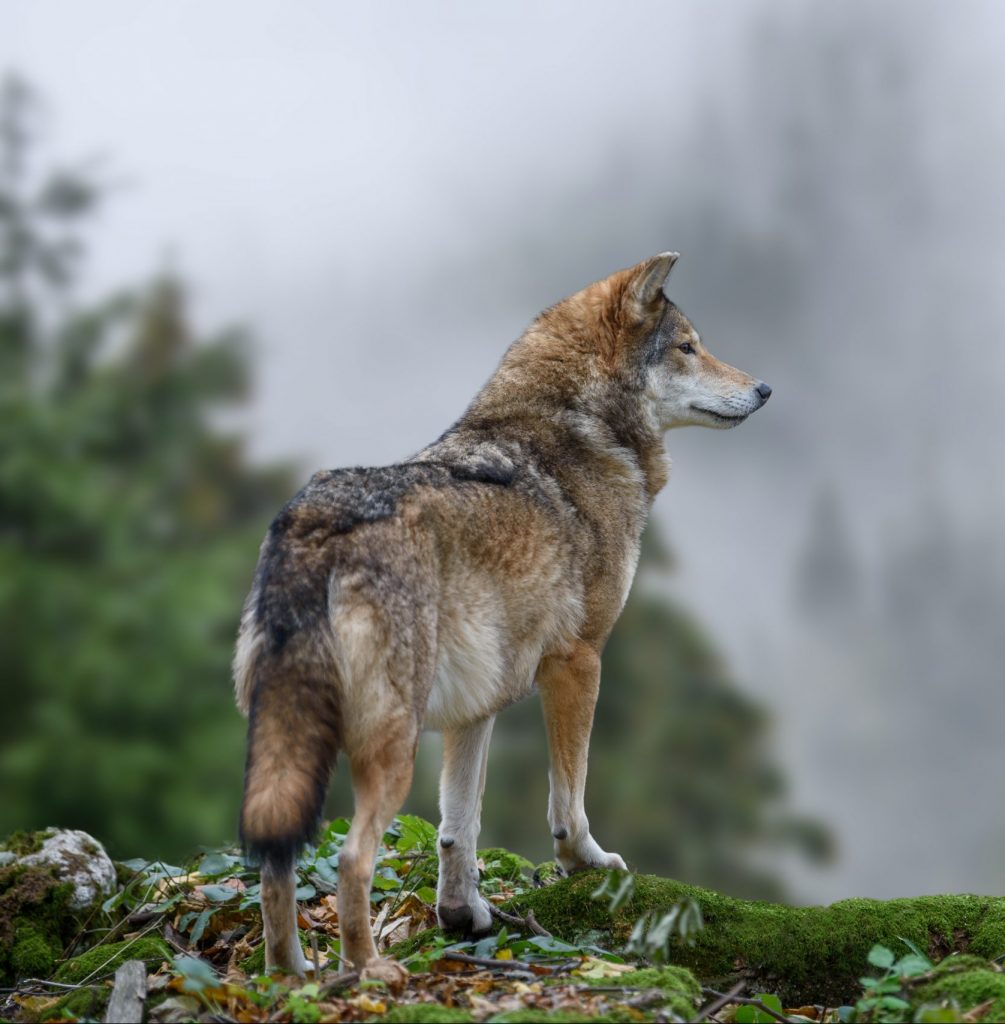
The wolf swiftly became a threat to humans whose livelihoods depended on livestock survival, and the state of Montana began paying wolves to hide bounty awards.
After farmers and ranchers drove the grey wolf out of the northwest United States for the most of the twentieth century, wolves were listed as an endangered species in 1974. Although hunting and killing wolves became outlawed in the lower 48 states, there were few to protect after they were methodically killed out of the country; the bulk of grey wolves lived in Canada or Alaska.
Finally, in 1995, authorities from the United States Fish and Wildlife Service (USFWS) removed 66 wolves from Canada and introduced them into Yellowstone National Park. The wolf population in Idaho, Montana, and Wyoming increased by more than 2,000 percent in just over a decade. Is it safe for hunters to dust off their firearms now that wolves have achieved what some consider to be a healthy population?
Wolf Management And Protection Rules and Regulations.
In North America, wolf hunting is only authorized in Canada Alaska, where wildlife populations have stayed stable. Because Alaska has between 8,000 and 12,000 wolves roaming the country, the most in the United States, the state has never had to label its wolves as endangered. Licensed hunters can legally trap and hunt wolves in Alaska, which are classified as both big game and furbearers.
The state also uses the controversial aerial hunting method in its wolf control programmers, which involves being able to track wolves on the floor and in helicopters to find and start firing them. Guides also provide customized hunting expeditions for a fee. Hunters often target wolves that stray from the limits of national parks, as Canada has the tallest wolf population of roughly 50,000.
Do Wolves Hunt Alone or in Packs?
Wolves’ social behavior explained: Wolves are highly social animals and usually hunt in packs. Their collaborative nature allows them to strategize and take down larger prey. However, some solitary wolves may hunt alone due to various circumstances like old age, injury, or difficulty finding a pack. Nonetheless, their natural inclination remains towards pack hunting, ensuring their survival and success in the wild.
Why Is It important To Hunt The Wolf?
However, in recent years, the situation in the lower 48 states has gotten substantially more problematic. The narrative of wolves’ rapid population explosion was heralded as a success after officials reintroduced them into the Yellowstone region.
Wolves were removed from the federally protected species list in Idaho, Montana, and Wyoming on March 28. People were allowed to kill wolves who attacked people or animals, as they had done in the past, and several had been killed in Idaho and Montana during the reintroduction period due to worries.
However, environmentalists were outraged when the US Fish and Wildlife Service granted states the power to hunt wolves in “non-essential” populations, which are larger groupings of wolves that may be killing too many elk or deer.
Many feared that the Northwest’s wolf population would revert to 1974 levels, especially since the three states planned wolf trophy shooting seasons for the fall of 2008.
In July 2008, after the great public protest and a lawsuit to overturn the delisting decision, U.S. District Judge Donald Molloy restored the wolves’ protection. Molloy maintained that the government had failed to meet the requirements for a complete wolf population recovery, citing the lack of effective crossbreeding between wolves in Idaho, Montana, and Wyoming.
In September 2008, the FWS reversed its delisting decision, however, the public discussion is expected to continue as wolf numbers grow and officials explore the influence of wolves in a more developed West.

